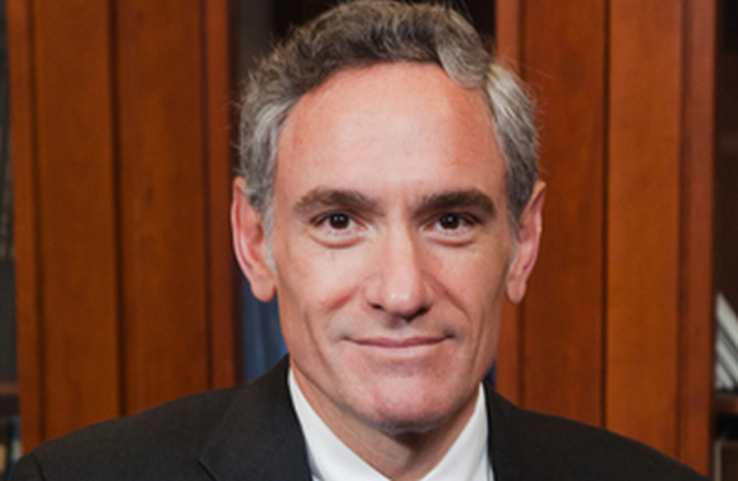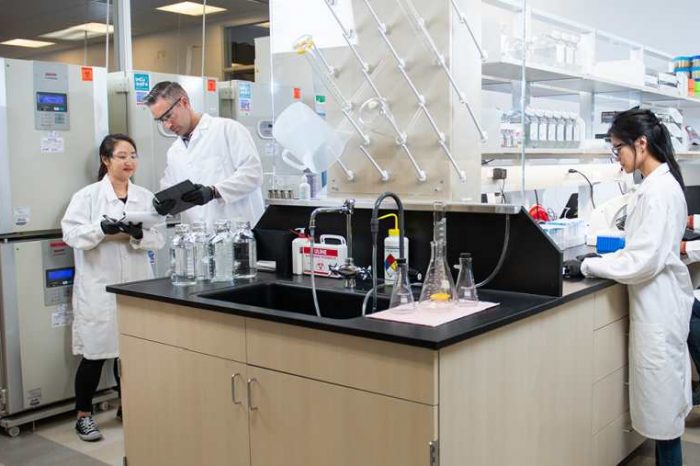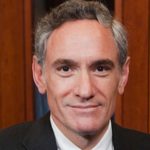Coronavirus panic induced by overestimation of fatality rate of infected, Stanford University Professor says

A lot has been written about mainstream media fear-mongering and faulty models since coronavirus started to spread here in the United States. In early March, MIT biologist Dr. Shiva Ayyadura said fear-mongering on coronavirus will go down as biggest fraud to manipulate economies. Now, another Stanford University Professor is echoing the same view. Dr. Scott Atlas is the former Chief of Neuroradiology at Stanford University Medical Center. He said during an interview over the weekend that coronavirus panic was induced by overestimation of the fatality rate of infected.
Scott W. Atlas, MD, is the David and Joan Traitel Senior Fellow at Stanford University’s Hoover Institution. He was chief of neuroradiology at Stanford University Medical Center from 1998 until 2012. You can watch the video below.
Coronavirus panic induced by overestimation of fatality rate of infected, Stanford University Professor sayshttps://t.co/EhfZCyxc95
— thetechstartups (@thetechstartups) April 27, 2020
Below is the transcript of the interview.
“MARTHA MACCALLUM, FOX NEWS: So, my next guest is a senior fellow at Stanford University, and he wrote a column that has gotten a lot of attention tonight. It is titled, The Data Is In, Stop the Panic and End the Total Isolation.
So, here now to explain the title of that piece is Dr. Scott Atlas, former Chief of Neuroradiology at Stanford University Medical Center. Doctor, thank you very much for being here. So, why should we stop the panic and end the total isolation, in your opinion?
DR. SCOTT ATLAS, HOOVER INSTITUTION SENIOR FELLOW: Well, I mean, I think we’re in a different position now than we were a month ago, and that position is, we have a lot of evidence. We don’t need to just simply emphasize hypothetical projections. We can combine that empirical data instead of ignoring it, we can combine that with our knowledge of fundamental biology decades we’ve known a lot about viruses, a lot about infections, and for decades even about this family of viruses. And then we can thoughtfully combine that evidence with the way to restore the country in a safe way.
MACCALLUM: So, you say that that most people in this country are not in danger of dying from COVID-19. Explain.
ATLAS: Well, sure. I mean, these are some of the key facts that we’ve learned. Point number one is that the overwhelming majority of people do not have any significant risk of dying. This is showing all over the world. And in fact, what induced the panic was this overestimation of what’s called the fatality rate of the infection by the World Health Organization. But in reality, that’s a fraction. So, if you take the number of people who are going to die and you divide it by the people who are infected, they got three to five percent of people, which is very high.
But now we know from data all over the world, including the U.S., that a massive number of people have the virus that were either asymptomatic. In fact, 50 percent of people that are infected have zero symptoms.
And then another large percentage have nothing really significant that demands any medical care and certainly not hospitalization. So, when you look at the newer data that has come out, the estimates are that the fatality rate is very low, maybe 0.1 percent. I mean, it’s not sad. It’s not known exactly. But these are estimates. And we also know that when you take the people are going to die. Two-thirds of people from – this is New York data. Two-thirds of people are over 70. 95 percent of people are over 50.
If you’re young and healthy, you have essentially zero, near zero chance of dying. And then the last part of who is at risk to die are when you look at the hotbed in the U.S., New York City. It’s something like 99.2 percent today’s data of all those investigated for underlying conditions. 99.2 percent had some underlying condition.
I mean, that’s really critical–
MACCALLUM: And what are the most prevalent among those?
ATLAS: The number one is if you take away age, the number one underlying condition is obesity and diabetes. Those are the top two and hypertension. Although it’s not clear how impactful each one of these is, there’s not a lot of good data on these.
But other diseases like kidney disease, congestive heart failure. I mean, these are significant underlying conditions, if you’re young and otherwise healthy, you have essentially zero risk of dying in a very, very low risk as the second point of being hospitalized because the policies are directed to stop people from dying and to prevent overcrowding. And we know that protecting the at-risk population will prevent hospital overcrowding.
I mean, that’s really very critical. If you’re under 18 in New York, you make up 0.6 percent of the hospitalizations. And if you’re over 60 and make up two-thirds. So, there is a very significant targeted population here. We need to protect them that doesn’t need total isolation.
MACCALLUM: Before I let you go, just very quickly, if you can, and you don’t think that this is going to continue to move its way across the country, you talk about New York as the epicenter. What’s to stop it from hitting all of these other areas that it hasn’t been in yet?
ATLAS: First of all, we need – we know the policy to isolate people and for handwashing and all this, but New York was devastated for specific reasons. They had 350,000 people in the month of January alone come into the U.S. and the number one port was New York from China citizens. There’s a huge difference between New York and everywhere else in the country, it is simply untrue to make those parallels.”
Coronavirus panic induced by overestimation of fatality rate of infected, Stanford University Professor sayshttps://t.co/EhfZCyxc95
— thetechstartups (@thetechstartups) April 27, 2020




